- Product
- Solution for
For Your Industry
- Plans & Pricing
- Company
- Resources
For Your Industry
In an era where costs fluctuate, demand shifts daily, and competition is relentless, profit margin optimization has become a survival skill. Companies that master it aren’t just cutting costs, they’re using data-driven pricing strategies to identify hidden profit opportunities, minimize leakage, and maximize value per transaction.
Traditional approaches, broad markups, intuition-based pricing, or static cost models can’t keep up with today’s complex, fast-moving markets. To thrive, pricing teams need real-time visibility, accurate data, and adaptive pricing models that continuously balance competitiveness and profitability.
In this guide, we’ll explore how to use data, automation, and analytics to optimize your profit margins — and show how tgndata’s intelligence solutions help businesses turn pricing from a guessing game into a growth engine.
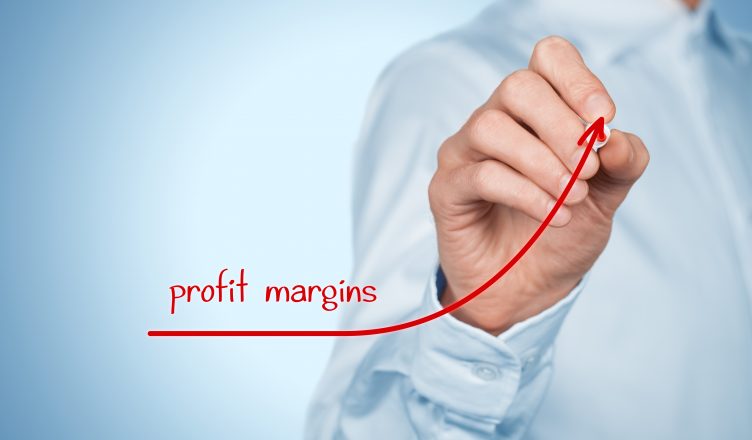
Profit margin optimization means using data and technology to identify and capture incremental profit opportunities without sacrificing sales volume or customer satisfaction.
It’s not just about raising prices — it’s about understanding the factors that shape profitability and using them strategically:
Product-level cost and demand variation
Competitive pricing dynamics
Customer willingness to pay
Operational efficiency
Channel performance
With the right data, you can find the perfect balance point between revenue growth and cost control.
Data is the backbone of modern margin management. It transforms gut-driven decisions into precision strategies.
Transactional Data: Prices, volumes, and order frequency reveal real purchasing behavior.
Cost Data: Understand how production, logistics, and supplier costs fluctuate.
Competitor Pricing Data: Shows how your market positioning shifts daily.
Customer Data: Segmentation, lifetime value, and elasticity insights.
Market Signals: Seasonal trends, macroeconomic factors, and local demand changes.
When these datasets integrate seamlessly, they create a 360° view of profitability — enabling pricing models that adapt dynamically.
Even companies with advanced analytics face margin challenges. Here’s why:
If your sales, cost, and pricing data live in separate systems, it’s nearly impossible to see true profitability.
Fixed markups and “set-and-forget” rules ignore real-time market shifts.
Without clear visibility into margin impact, promotions can cannibalize profit instead of driving growth.
When sales teams chase volume rather than margin, pricing discipline erodes.
Without controls or approval workflows, even small pricing errors can cause major revenue leakage.
Let’s look at five proven strategies that top-performing pricing teams use to achieve measurable margin gains.
Margin leakage occurs when small inefficiencies across pricing, discounts, or operations add up.
Common sources include:
Inconsistent pricing across channels
Manual overrides or unapproved discounts
Freight cost absorption without markup
Low-margin product bundles
Data-driven solution:
Create a margin waterfall analysis — tracing how each element (price, discount, cost, logistics, taxes) affects final profit.
This exposes where leakage occurs and how much it costs.
tgndata Tip:
Our platform automatically visualizes these leakages, helping teams recover hidden profit by optimizing discount policies and cost allocations.
Static pricing kills responsiveness. Dynamic pricing models, powered by AI and real-time data, adjust prices based on demand, competition, and inventory.
This helps maintain ideal margins — especially in volatile markets.
Example:
When competitor prices drop, your system doesn’t need to follow blindly. Instead, it can simulate price elasticity to determine whether matching the drop actually drives incremental profit.
Dynamic pricing ensures margin protection while staying market-aligned.
Read: Why “Set and Forget” Doesn’t Work in Dynamic Pricing →
Not all customers or products contribute equally to profit.
Data-driven segmentation groups them by margin contribution, not just sales volume.
For instance:
Product A sells 10,000 units but delivers only 5% margin.
Product B sells 2,000 units but delivers 25% margin.
Your analytics should highlight these differences, guiding where to focus promotions, upsells, or dynamic price adjustments.
When input costs change, your prices must adjust immediately — or margins vanish.
Integrate cost tracking systems with pricing automation, ensuring real-time price recalibration.
Key practices:
Establish cost triggers for price updates (e.g., ±2% cost change).
Automate margin floors and ceilings.
Review cost-based pricing monthly for accuracy.
Data-driven synchronization between cost inputs and price outputs ensures no delay in profit protection.
Predictive analytics can forecast how changes in demand, costs, or competitor moves will affect future margins.
AI models learn from historical data to recommend optimal prices that balance volume and profitability.
Example:
If elasticity data shows that a 2% price increase causes only a 0.5% drop in demand, your AI can propose a margin-enhancing adjustment.
Over time, predictive pricing creates self-optimizing systems — continuously improving margins through feedback loops.
To ensure continuous improvement, pricing managers should track these key metrics daily:
| KPI | Purpose | Formula / Focus |
|---|---|---|
| Gross Margin % | Measures profit efficiency | (Revenue – COGS) ÷ Revenue × 100 |
| Net Margin % | Shows total profitability after costs | (Net Profit ÷ Revenue) × 100 |
| Price Elasticity | Measures demand sensitivity | (% Change in Quantity ÷ % Change in Price) |
| Discount Ratio | Identifies over-discounting trends | Discount Amount ÷ Revenue |
| Price Index | Tracks market competitiveness | Your Price ÷ Average Competitor Price × 100 |
Monitoring these indicators helps you respond instantly to margin threats or opportunities.
Even data-driven pricing systems can fail without the right discipline.
Volume growth doesn’t always equal profit growth. Always evaluate elasticity-adjusted margins, not just revenue deltas.
Sudden or opaque price shifts can damage trust. Maintain fairness and transparency in every adjustment.
Numbers alone can mislead. Combine quantitative models with business logic and human oversight.
Ensure sales, marketing, and finance all use the same profit goals and pricing metrics.
A global retailer used static markups and manual spreadsheets to manage pricing. After integrating tgndata’s dynamic pricing engine, they gained real-time insight into competitor pricing and margin leakage.
Results within three months:
+6.8% gross margin improvement
-20% discount leakage reduction
30% faster pricing decision cycles
By combining automation with continuous model refinement, they turned pricing into a predictive profit center.
Profitability isn’t achieved through guesswork — it’s engineered through data-driven precision.
By combining real-time analytics, AI-powered pricing, and consistent governance, companies can turn every transaction into a margin opportunity.
The organizations leading in profit margin optimization today share one common trait: they trust their data — and use it intelligently.
At tgndata, we make that possible.
Get in touch to transform your pricing strategy with tgndata →
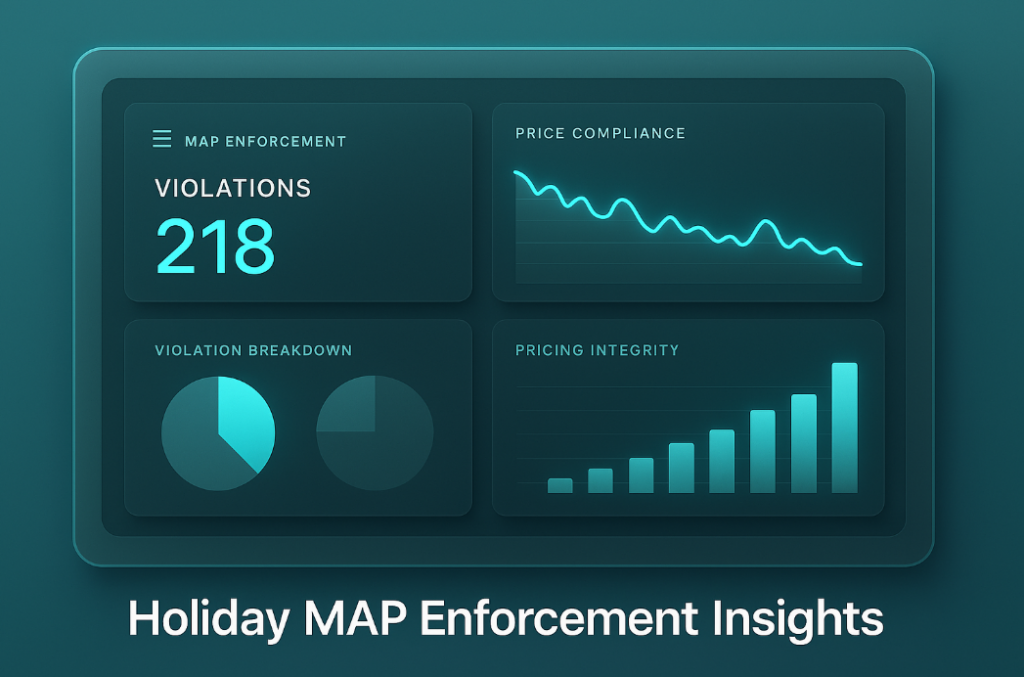
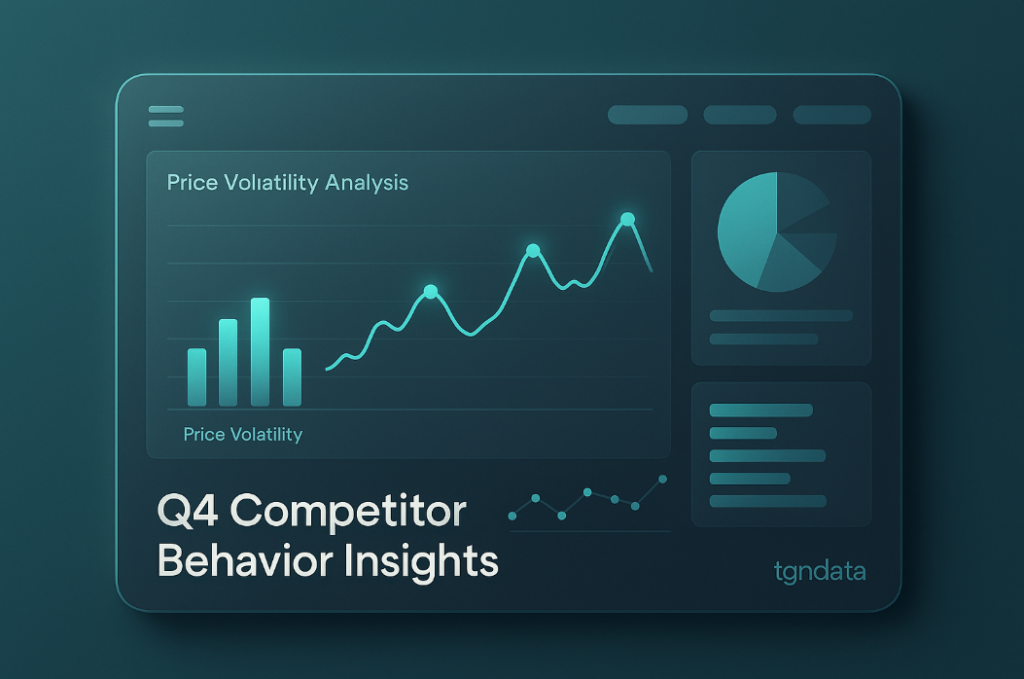
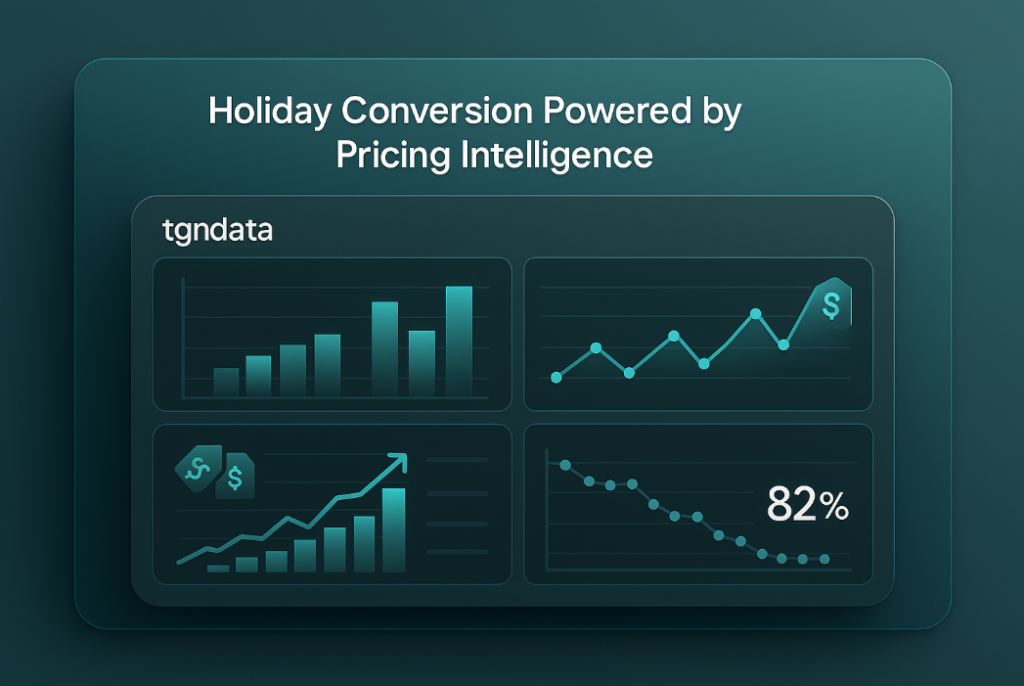

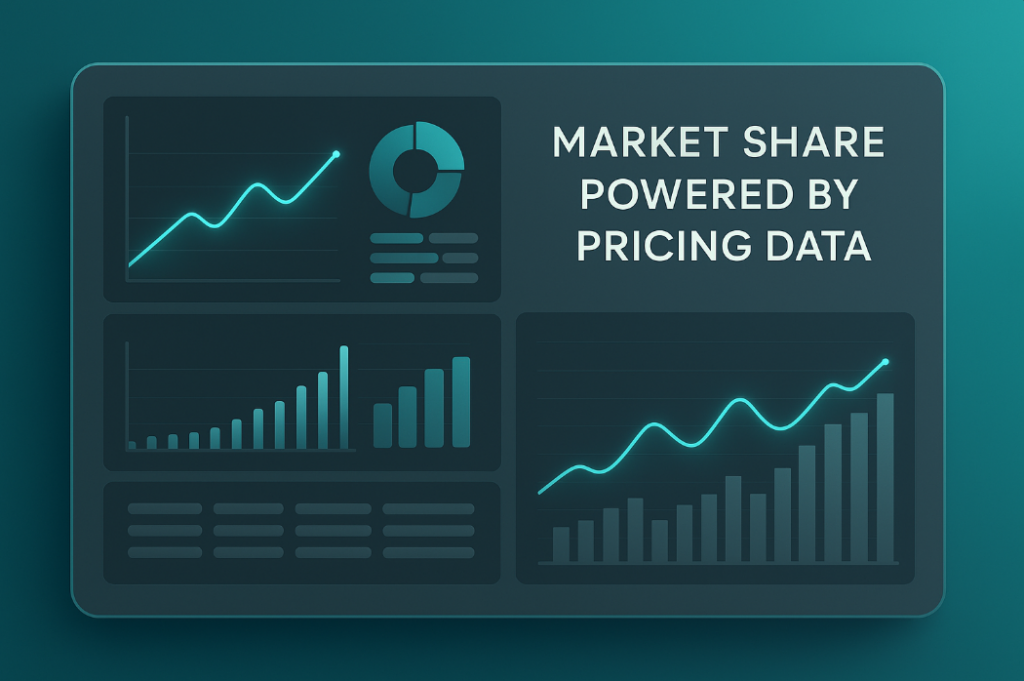
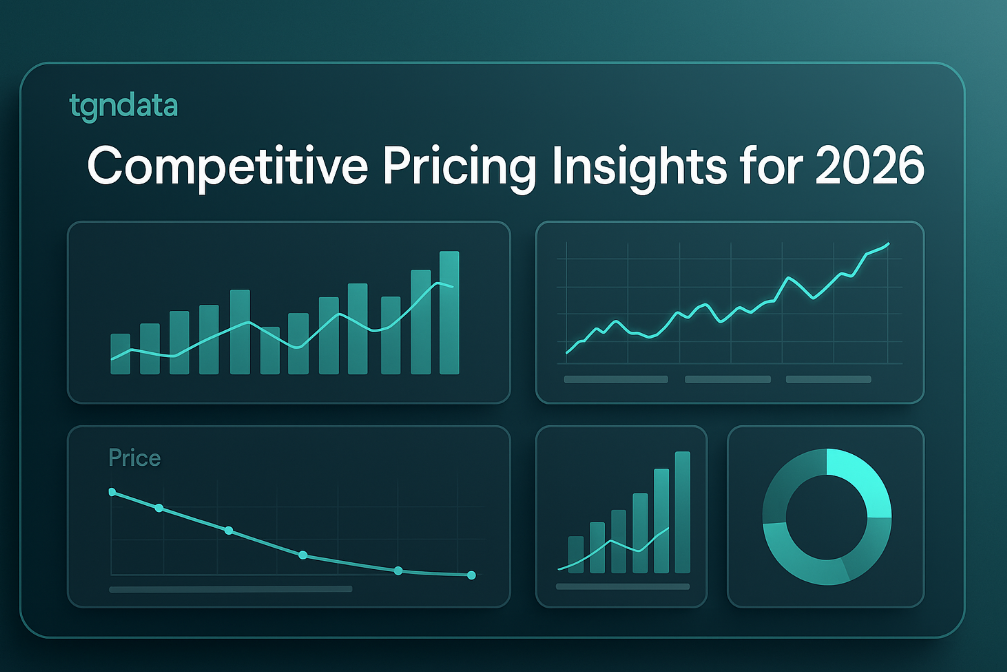
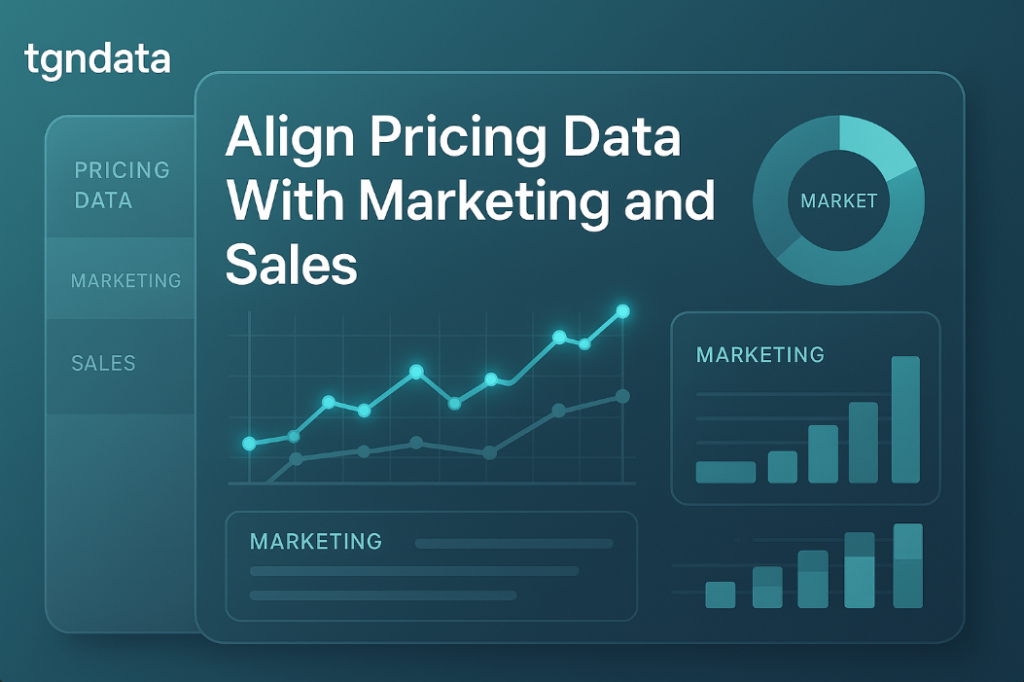






Missing an important marketplace?
Send us your request to add it!